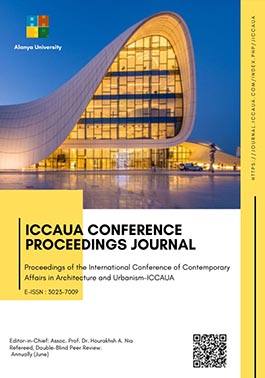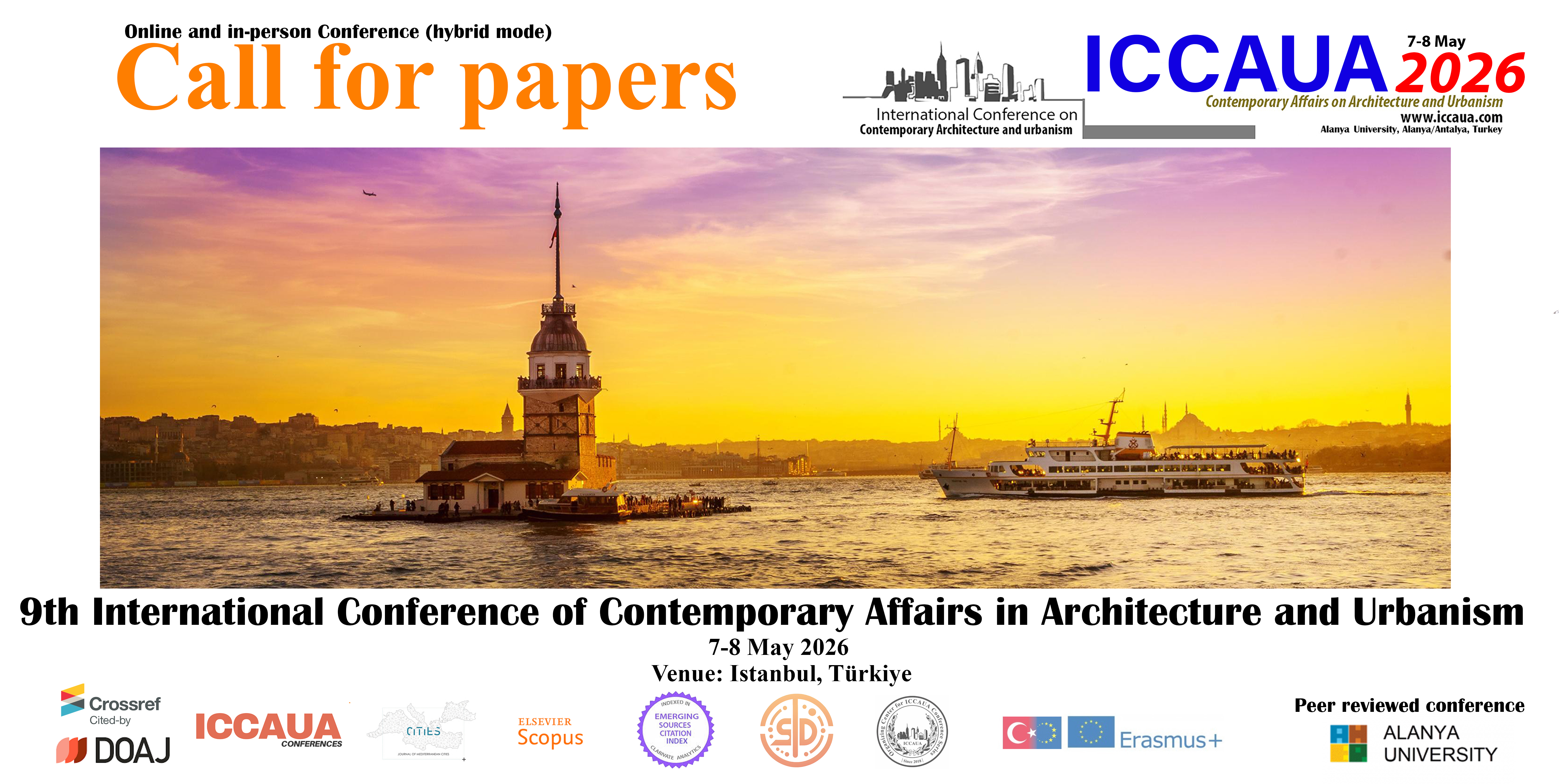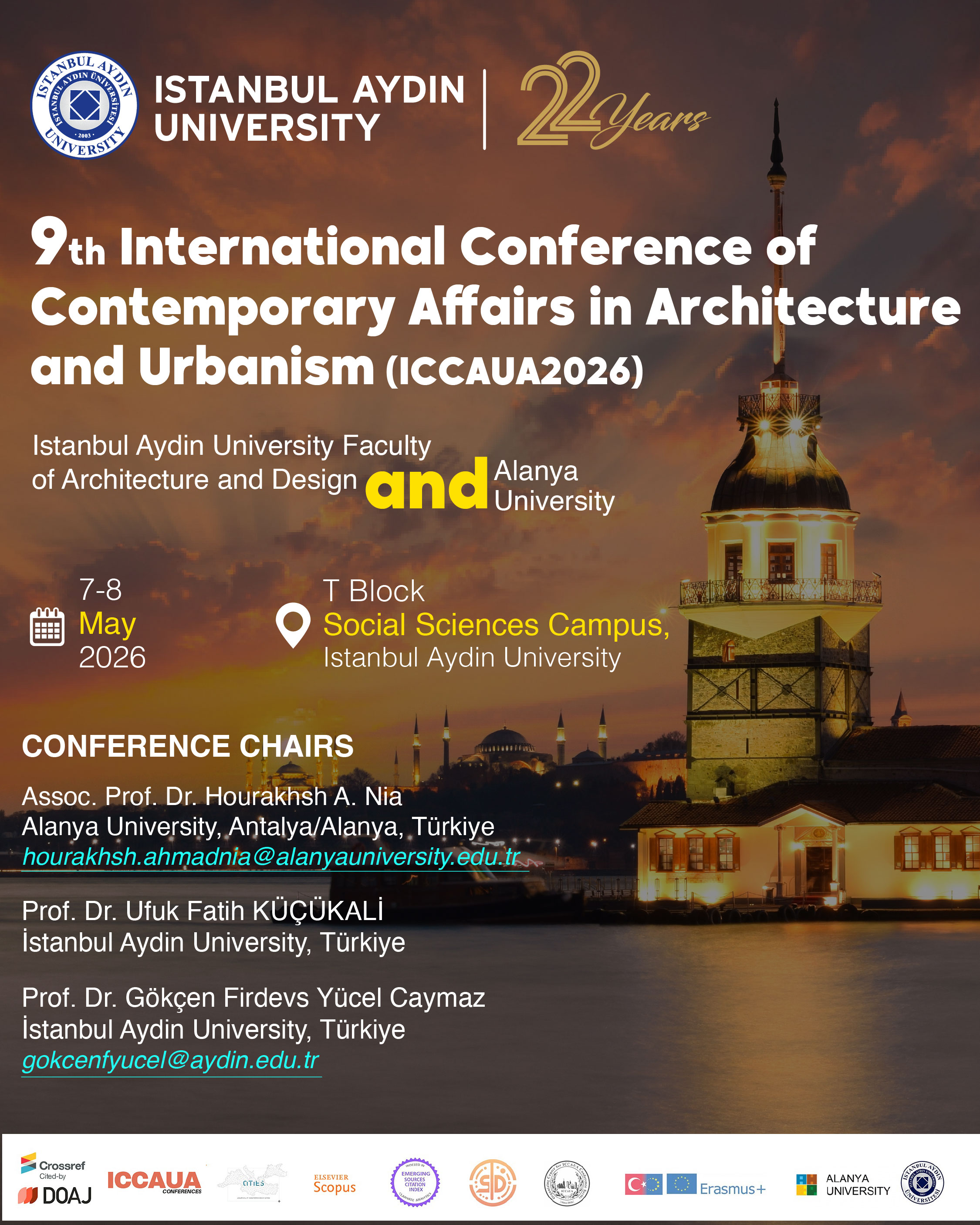Integrating Green Spaces with Mass Transit: A Comparative Analysis of Bangkok, Singapore, and Kuala Lumpur for Sustainable Urban Development
DOI:
https://doi.org/10.38027/ICCAUA2025EN0219Keywords:
Green Space; Transit; GIS; Space Syntax; Southeast Asian Cities.Abstract
As Southeast Asia faces rapid urbanization, cities struggle to balance infrastructure development, environmental sustainability, and green space access. Bangkok faces poorly planned urban expansion, leading to limited green spaces and a disconnected public transportation system. This study examines the relationship between green spaces and mass transit in Bangkok, compared with Singapore and Kuala Lumpur. Analysing the 400-meter catchment around transit stations, the research explores green space distribution and road network connectivity through spatial analysis and space syntax methods. It evaluates how these cities integrate green spaces with transit systems and whether adopting a Transit-Oriented Compact Green City (TOCGC) model could improve Bangkok's connectivity. The findings highlight that green space accessibility is more important than size, with land subdivision and road networks influencing this relationship. The study proposes strategies for improving green space access and public transport integration, contributing to sustainable urban planning in line with UN SDGs 3 and 11.
Downloads
Downloads
Published
How to Cite
Issue
Section
License
Copyright (c) 2025 Naththaphat Panyangam

This work is licensed under a Creative Commons Attribution 4.0 International License.




















